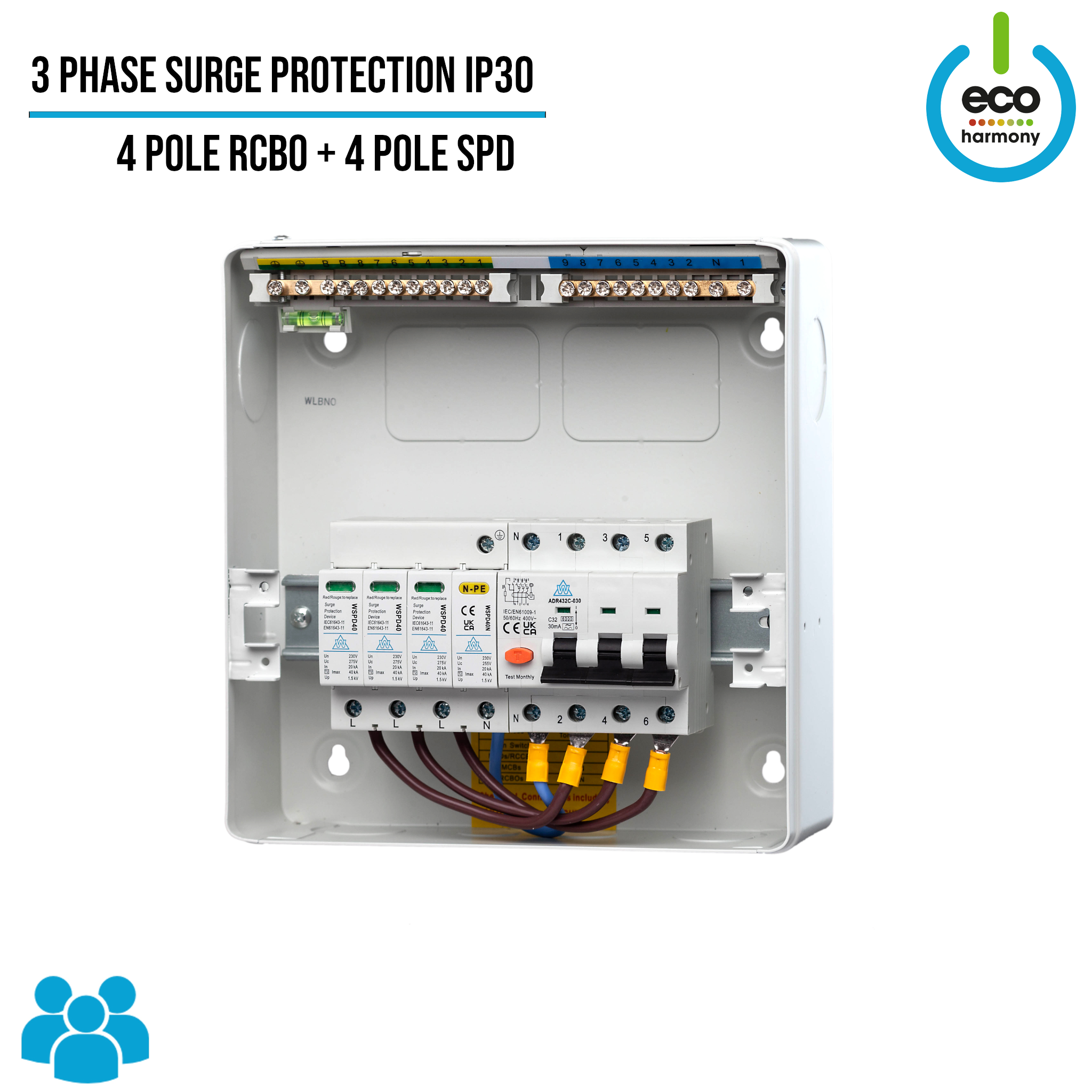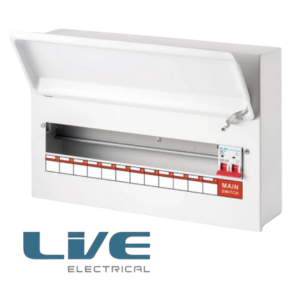Why Upgrading to Advanced RCBO CONSUMER UNITS is Vital for Safety
The Duty of Customer Systems in Reliable Energy Monitoring Equipment
Consumer devices are integral to effective energy monitoring systems, offering as the primary circulation factors for electrical power within structures. By incorporating circuit breakers, they guard circuits from potential overloads, thus preserving safety and security and stopping comprehensive blackouts. The arrival of clever innovations has better enhanced their functionality, enabling real-time data tracking and nuanced power intake analysis. This integration not only maximizes power usage yet also assists in the incorporation of renewable resource resources, thus advertising sustainable practices. Exactly how, after that, do these improvements translate to concrete advantages in day-to-day power monitoring?
Understanding Consumer Devices

Recognizing the role of consumer devices begins with acknowledging their vital feature in securing electric systems. By separating faults within details circuits, customer devices avoid extensive blackouts and prospective fire dangers. This isolation is accomplished through making use of circuit breakers that trip or integrates that impact when a fault is identified, consequently cutting off the electrical circulation to the impacted circuit.
Furthermore, customer systems promote the orderly distribution of power, boosting the performance of energy use. They enable for the systematic management of electric loads, which can be particularly essential in industrial and industrial settings where demand can vary significantly. Appropriately conserved customer units contribute to the durability of electrical systems and aid in decreasing downtime created by electric failures, inevitably sustaining the smooth procedure of energy-dependent centers.
Smart Technologies Integration

An essential benefit of wise customer units is their capability to leverage advanced formulas and artificial intelligence for anticipating analytics. This enables preemptive modifications based on usage patterns, weather report, and other variables, considerably increasing overall effectiveness. Wise customer units assist in need response programs, where energy use can be dynamically readjusted during optimal durations to support the grid and reduce expenses.
The integration of eco-friendly energy sources, such as solar and wind, is also streamlined with wise customer units. By smartly handling the intermittency of these sources, these devices make sure a balanced and dependable energy supply. Additionally, clever customer units enhance individual interaction by supplying detailed insights and remote control capacities through mobile applications, cultivating an extra proactive strategy to power preservation and sustainability.
Monitoring Power Intake
Building on the capabilities of clever innovations assimilation, keeping track of power consumption becomes an important focus within power monitoring systems. Effective surveillance functions as the structure for recognizing power ineffectiveness and carrying out rehabilitative measures. By leveraging sophisticated metering facilities (AMI), real-time information on energy use can more tips here be accumulated at granular levels, providing useful insights right into intake patterns and peak need durations. This data-centric approach allows both customers and energy supervisors to make educated decisions focused on minimizing waste and improving general performance.
Smart meters and Internet of Things (IoT) tools play a pivotal role in this surveillance process. These devices can track power use in real-time, sending data to central systems for evaluation.
The assimilation of these modern technologies not only equips customers with thorough information about their power usage however additionally supports utility providers in handling tons circulation extra successfully. Ultimately, constant and exact tracking is important for attaining power efficiency, expense financial savings, and sustainability goals within power monitoring systems.
Optimizing Appliance Use

One efficient approach involves determining height and off-peak hours to shift energy-intensive tasks, such as laundry or dishwashing, to times when energy demand is reduced. This not just minimizes stress on the grid yet also profits from lower power tariffs. In addition, incorporating artificial intelligence algorithms enables predictive upkeep, ensuring devices run at ideal effectiveness and extending their life-span.
Energy monitoring systems can likewise include user-specific preferences and habits to customize home appliance use routines. For instance, wise lighting systems can adjust brightness based on occupancy and all-natural light availability, while heating and cooling systems can maintain comfort levels without extreme energy use.
Encouraging Sustainability
Advertising sustainability within energy monitoring systems entails not just boosting efficiency yet also cultivating environmentally liable techniques. Consumer systems are important to this process, as they supply real-time data and control mechanisms that allow users to try these out check and minimize their power usage. By leveraging sophisticated modern technologies, consumer systems can determine energy-saving chances and promote the combination of renewable resource sources like solar and wind power.
One essential element of advertising sustainability is enlightening consumers on the benefits of responsible energy use. With detailed insights supplied by customer units, users can make enlightened choices that helpful hints lessen their carbon impact. For circumstances, these units can recommend optimum times for running high-energy home appliances based upon grid demand and eco-friendly energy availability, thus decreasing reliance on fossil fuels.
In addition, customer devices sustain the adoption of clever grid innovations, which improve the overall effectiveness and integrity of energy distribution. By making it possible for two-way communication between consumers and utility suppliers, these systems can dynamically adapt to power needs, decreasing waste and advertising making use of lasting power practices.
Final Thought
Customer units, as indispensable components of power administration systems, significantly boost electric safety and security and efficiency within structures through circuit protection and smart innovation assimilation. In addition, the incorporation of eco-friendly energy sources promotes lasting methods, contributing to reduced total power usage and lower carbon footprints.
Developments in wise modern technologies have transformed the capacities of power administration systems, especially with the assimilation of wise consumer devices.Structure on the capacities of smart technologies integration, monitoring power consumption ends up being a critical emphasis within energy management systems.Reliable appliance use optimization is a crucial component of energy management systems, aiming to improve performance and reduce unnecessary energy intake.Customer units, as indispensable components of power administration systems, significantly enhance electrical safety and security and efficiency within structures through circuit protection and clever innovation assimilation. Additionally, the incorporation of renewable energy resources advertises sustainable methods, contributing to decreased general power consumption and reduced carbon impacts.